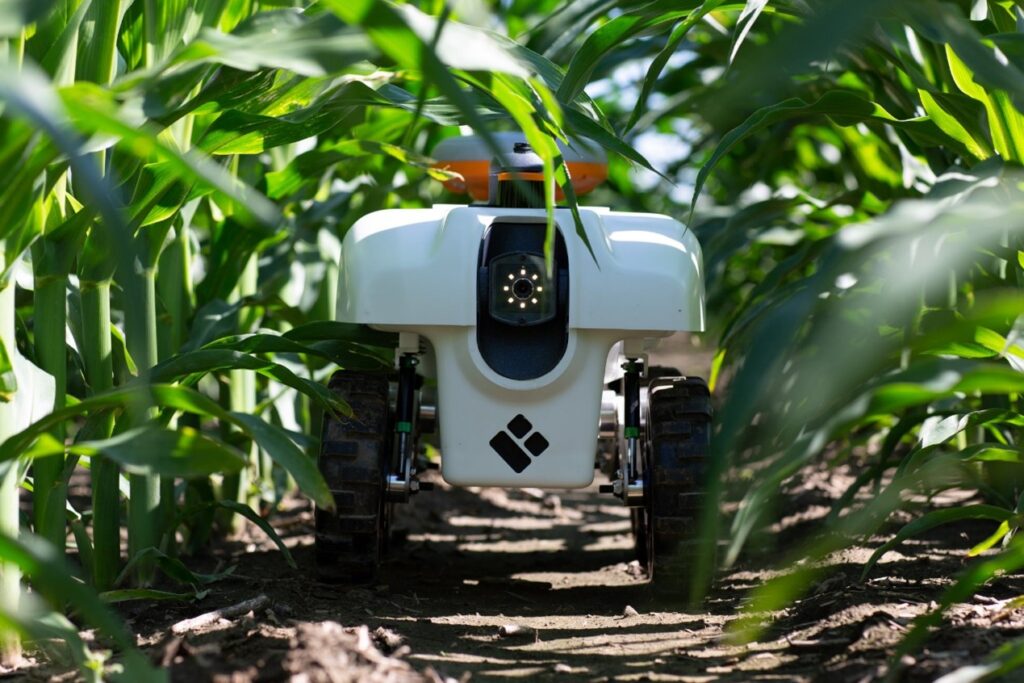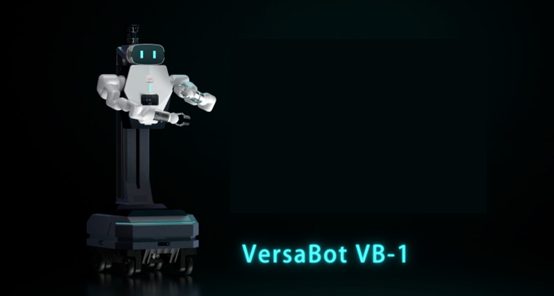
The mobile robotics industry has witnessed rapid advancements over the past decade. Once confined to controlled indoor environments like warehouses and factories, mobile robots now play a critical role in outdoor operations across diverse settings such as logistics parks, ports, airports, mines, and agricultural fields. This transformative journey highlights the evolution of mobile robotics from basic indoor navigation to sophisticated outdoor adaptability.
Mobile robots first emerged as low-speed, indoor machines designed to perform simple, repetitive tasks. In 2015, only 4,280 mobile robots operated in China’s industrial sector. By 2024, this figure is expected to reach 150,000, illustrating a thirtyfold increase within a decade. Globally, the market for industrial mobile robots is projected to exceed 100 billion RMB by 2026. This remarkable growth underscores the immense potential of robotics in shaping future industries.
Initially, mobile robots moved slowly within well-structured environments to ensure safe and reliable performance. However, the growing demands of large-scale logistics and time-sensitive tasks necessitated higher speed and efficiency.
This shift has been enabled by breakthroughs in key technologies such as:
For instance, autonomous delivery robots like Nuro demonstrate how enhanced processing power and environmental adaptability allow robots to achieve high-speed navigation even in bustling urban settings.
Compared to indoor environments, outdoor settings are fraught with unpredictability, including variable weather conditions, lighting changes, and uneven terrain. Addressing these challenges requires robots to exhibit robust environmental perception and autonomous decision-making capabilities.
Technologies such as LiDAR and 3D vision have equipped outdoor robots with the ability to “see” and “understand” their surroundings. For example:
Such advancements enable robots to transition from simple task executors to intelligent agents capable of adapting to dynamic environments.

The ultimate evolution of mobile robotics lies in embodied intelligence—where robots transcend autonomous mobility to achieve human-like reasoning, decision-making, and self-learning capabilities. Embodied intelligence represents a fusion of perception, cognition, and action, enabling robots to:
Robots like Boston Dynamics’ Atlas demonstrate the potential of embodied intelligence, executing intricate maneuvers and tasks that were once exclusive to humans. While this progress raises philosophical questions about control and autonomy, it also opens new avenues for innovation in robotics.

The evolution of mobile robotics reflects an ongoing journey of technical innovation and expanding possibilities. As robots become more adaptable, intelligent, and capable, their role in industry and society will grow more profoundly.
©Copyright 2023 Zhejiang MRDVS Technology Co.,Ltd.
浙ICP备2023021387号-1